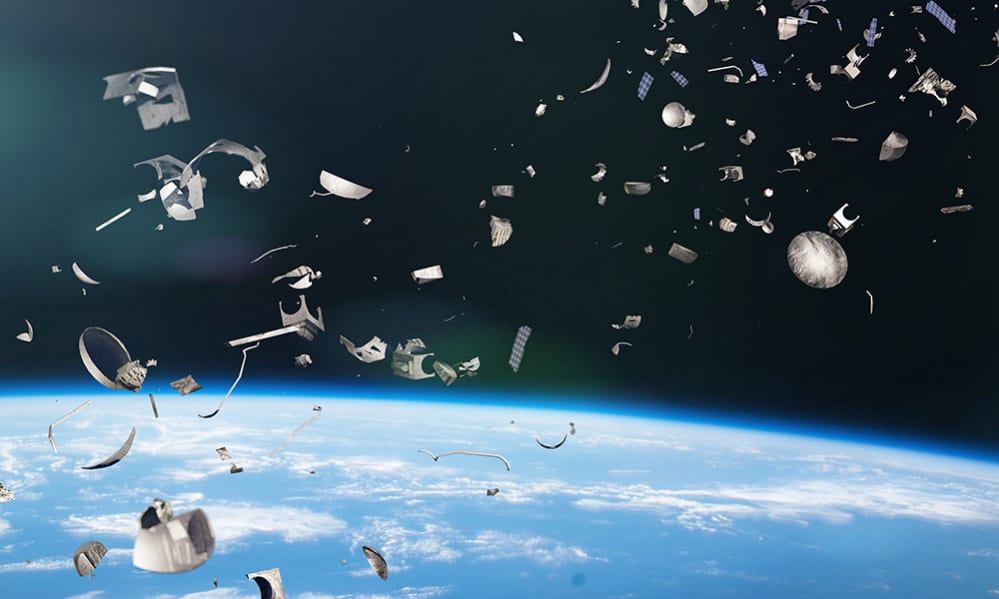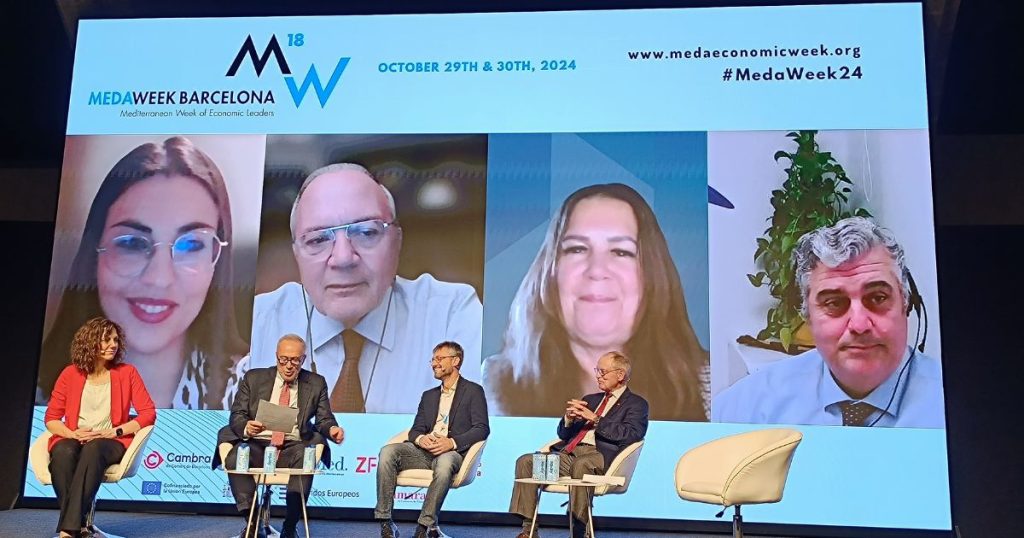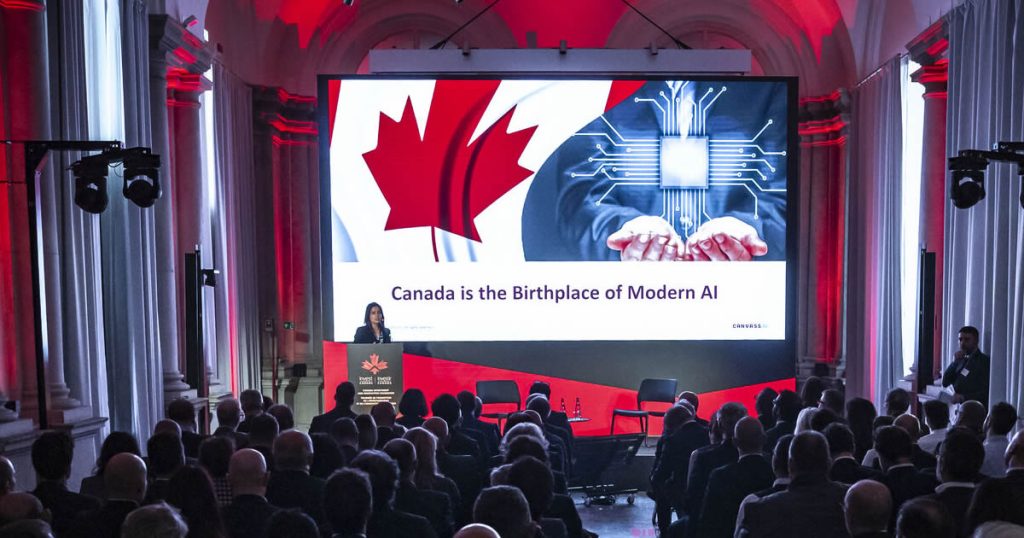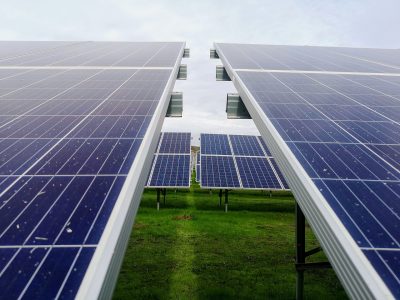Space debris is a concern for governments and public authorities. The arrival of the Chinese Long March 5B rocket on the morning of 9 May has once again highlighted the problems associated with large fragments or objects falling from space. It has happened before in past years and decades: the biggest of all was the large American orbiting laboratory Skylab, which fell in 1979 due to sudden, intense solar activity that pushed it into the atmospheric layers.
The ability to map the positioning of natural and especially man-made objects in Earth orbit is becoming a serious concern for government and private satellite owners and operators. Italy and Canada are working together to launch major projects to clear space of debris caused by human activity, launching initiatives to monitor what happens beyond Earth orbit.
Over the past few weeks, Aéro Montréal has presented post-pandemic economic opportunities and repercussions in the aerospace sector, addressing the environmental issues and challenges facing the sector and highlighting the synergistic opportunities that can develop between Europe and Canada. Québec’s Think Tank, “Aéro Montréal”, presented the Large Manufacturers Vision report describing the impact of the health emergency on the production of aircraft for commercial activities, highlighting what can be the technological and innovative innovations to develop small and medium-sized regional companies and return to grow the entire supply chain related to aerospace, technological innovation and ideas to stem the phenomenon of space waste.
Created in 2006, Aéro Montréal is a major think tank in Quebec that brings together regional and international aerospace players. The Think Tank brings together all stakeholders in the sector in Canada, including companies, higher education institutions, research, associations and trade unions. Aéro Montréal’s activities are possible thanks to the economic participation in projects supported by the Government of Canada and Québec, the Montréal Metropolitan Community, as well as business members linked to the sector.
Space junk consists of at least 20 to 30 thousand pieces larger than 10 centimetres, orbiting the Earth and constantly falling to Earth, ranging from small pieces from impacts or disintegration to rocket or satellite remnants. In addition to the ongoing problems associated with space debris, perfectly functioning vehicles can also pose a danger if their position and orbit are not perfectly known and followed. Just think, since January 2020 alone about a thousand have been launched, almost all of them small, inexpensive satellites with limited targets. To get an idea of the possible congestion and potential collisions, just one figure is enough: SpaceX, with its constellation for the distribution of the internet from the sky, could reach 15,000 orbiting minisatellites in the next few years.
Researchers and governments have realised the importance of ensuring the safety of our space activities. Security is increasingly high on the global agenda as the number of countries and private actors with access to space continues to grow. Just think that while in 1960 there were two nations investing beyond the atmosphere, in 2006 there were 47. Today there are about seventy, and in a few years’ time they will exceed eighty. Moreover, all the world’s superpowers are keen on space. In the US Defense Space Strategy Summary, reference is made several times to a possible space war to be won by anticipating rivals in terms of technological development and sector innovation.






